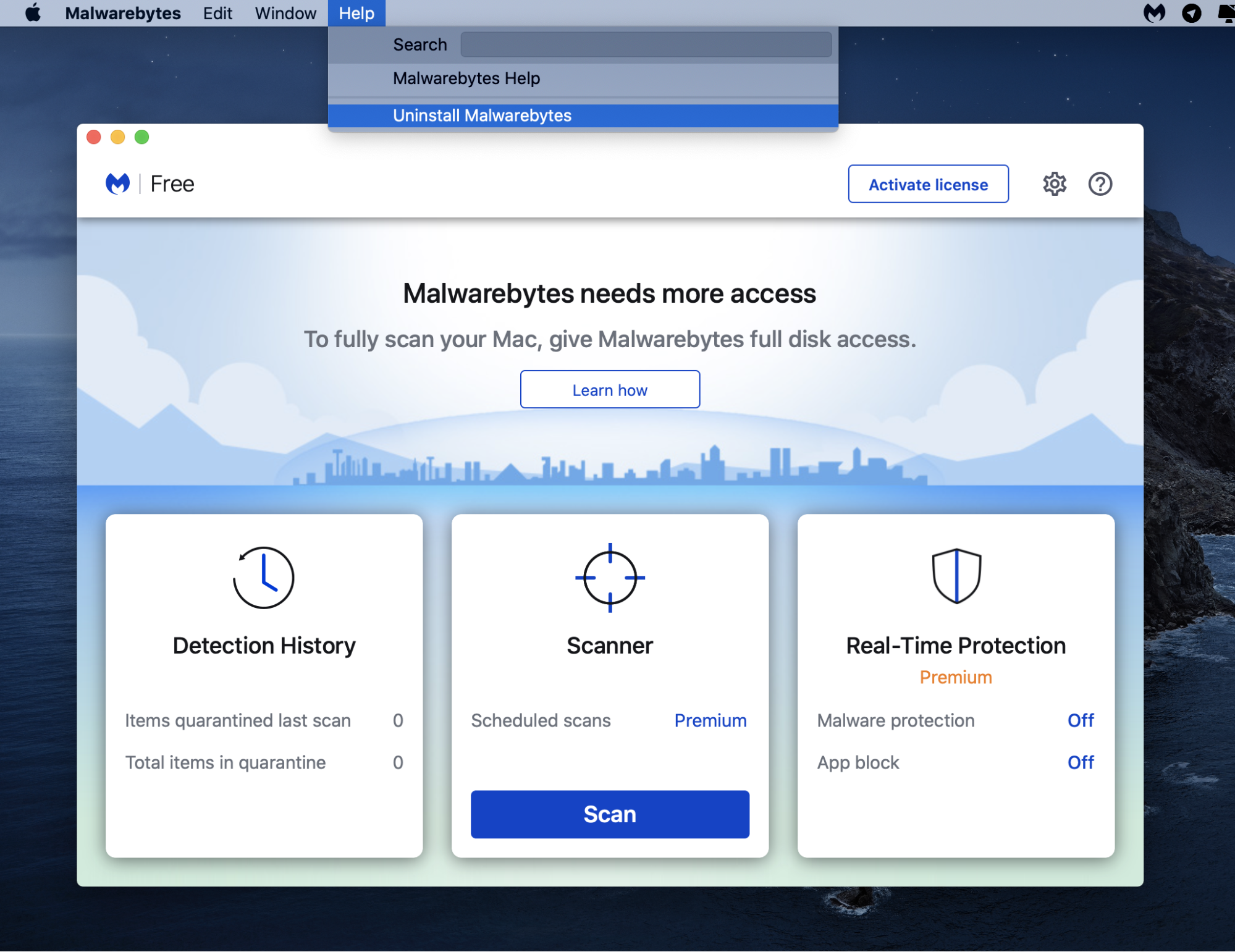

The other big reason to look for EDR is for those situations where an attack is successful. This not only enhances the initial protection provided to endpoints but helps limit the damage if an initial attack is partially successful (such as a phishing attempt). EDR enhances endpoint protection correlating, alerting and automating mitigation steps when endpoint-based attacks are identified. Integration with, or even the inclusion of, an endpoint detection and response (EDR) solution is something CSOs consider, particularly for large deployments. In most cases existing infrastructure such as mobile device management (MDM) solutions or policy-based administration tools can also be leveraged to facilitate mass deployments. Some solutions allow CSOs to customise this installation package, defining which components are installed and enabled.
How much is malwarebytes for mac windows#
Most endpoint protection solutions generate an installer that automatically enrols the device (at least for Windows and Mac). The first and perhaps most important management task is the initial deployment and enrolment of endpoint devices. Several vendors - particularly those that have been around a while - still offer on-premises solutions with many of the benefits found in a cloud-hosted suite. While cloud-based solutions may make the most sense for many customers, CSOs don’t assume that they are the only option. More advanced endpoint management solutions may even leverage cloud-based machine learning to protect against zero-day attacks (more on this later).
How much is malwarebytes for mac software#
This communication typically involves receiving log information about scan results and blocked threats, receiving software and policy updates (or even instructions to roll back these updates), and remotely initiating management tasks. To maintain security for these endpoints, an endpoint protection suite needs to communicate with these devices on a semi-regular basis. This could mean customer devices spread across disparate networks including those under corporate control, home networks, and public Wi-Fi connections. What features make up a modern endpoint protection suite? For starters, CSOs prioritise a solution that fully embraces a modern hybrid cloud architecture. The term endpoint protection also speaks to the modern network architecture, which could include various device types spread across multiple corporate locations, potentially even connected to the corporate network through a virtual private network (VPN) or outside the bounds of corporate control entirely such as employee-owned devices. Because of the diverse array of attack vectors a variety of protection methods must be leveraged to protect endpoint devices from compromise. Threat vectors for end-user devices include browser-based attacks, phishing attempts, malicious software, or spyware.


 0 kommentar(er)
0 kommentar(er)
